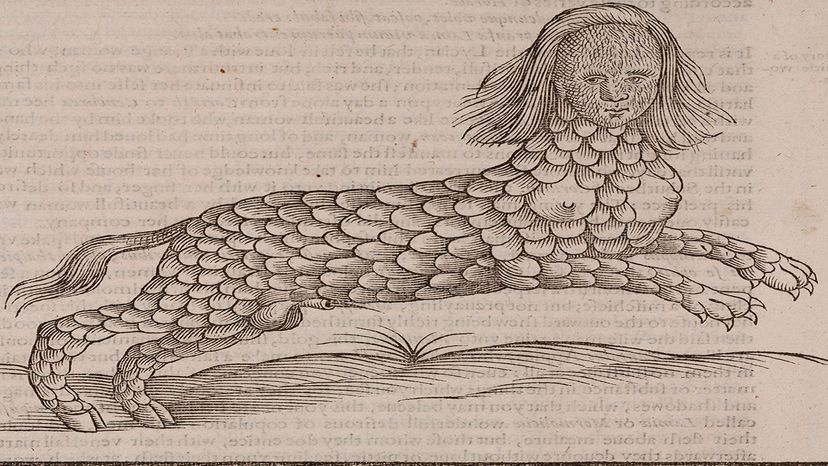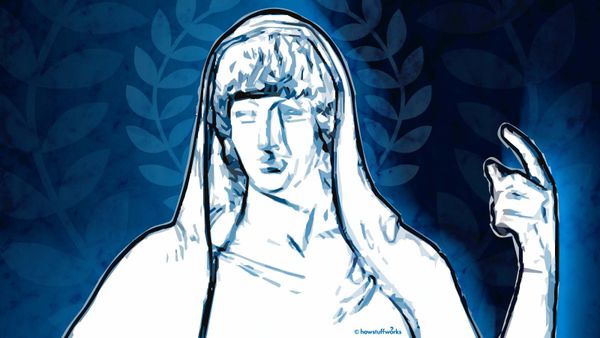According to Martin, one version of the Lamia tale suggests that she was actually the queen of Libya and ordered all newborn babies to be snatched from their mothers and slaughtered — a tale, he points out, that sounds similar to the story of Herod in the gospel of Matthew. "There are hints from late sources that she was thought of as personally eating children," Martin adds.
As GreekMythology.com puts it, "as many mortal women found out the hard way, being loved by Zeus came with a severe drawback; namely, being despised by Hera." Hera of course was known as the Queen of the Gods, and she was as known for her fiercely protective instincts as she was for her pride and jealousy. Unfortunately, her husband, Zeus, often tested those fiery qualities with a track record of constant infidelity. When it came to Lamia, Hera sought revenge by murdering each of the mistress's children — regardless of whether Zeus was the father or not. The loss pushed Lamia to madness and she then made it her mission to kidnap the children of others and eat them. According to Greek Legends and Myths, "the monstrous actions of Lamia cause her facial features to distort, possibly mimicking that of a shark, and Lamia becomes a monster herself."
"Aristotle records in his 'History of Animals' (4th century B.C.E.) that 'lamia' was the name of a kind of shark," Martin explains.
The HBO Max series, "Raised by Wolves," features a Lamia-inspired character. While Martin hasn't seen the show, he says that if the character really does "remove her eyes" as this Screen Rant summary suggests, "the writer of the script has picked up on an obscure ancient detail. One story preserved only in late antique and medieval sources says Hera caused Lamia to be sleepless (as well as killing her children), so Zeus, to give Lamia the opportunity to have some rest, made her eyes removable — that way they would not always be open (at least not in her head)."
There was at least one child who escaped Lamia's clutches: Sibyl. "She was said to be a daughter of Lamia and Zeus, and was the first woman to chant oracles, like the famous Pythia at Delphi," Martin says. Pausanius, a travel writer of the 2nd century C.E., claimed that while visiting Delphi, he was told that the famous oracle Sybil was the daughter of Zeus and Lamia. But it's unclear from the stories why Sybil survived to adulthood and whether she was the only one Hera didn't eliminate.



